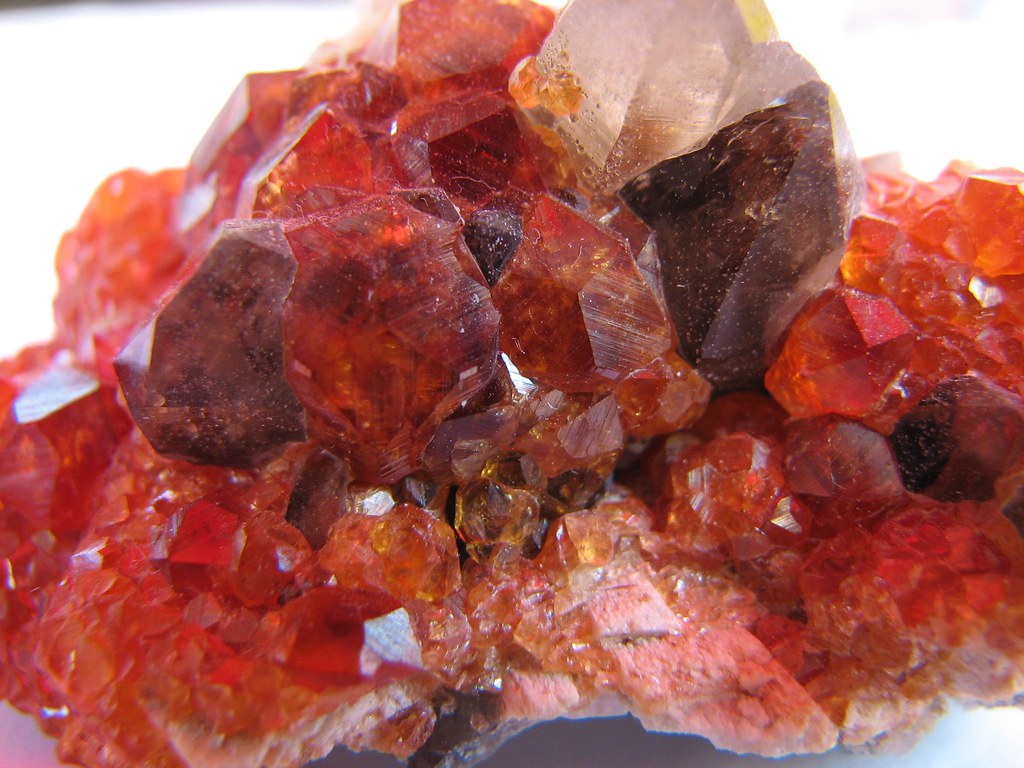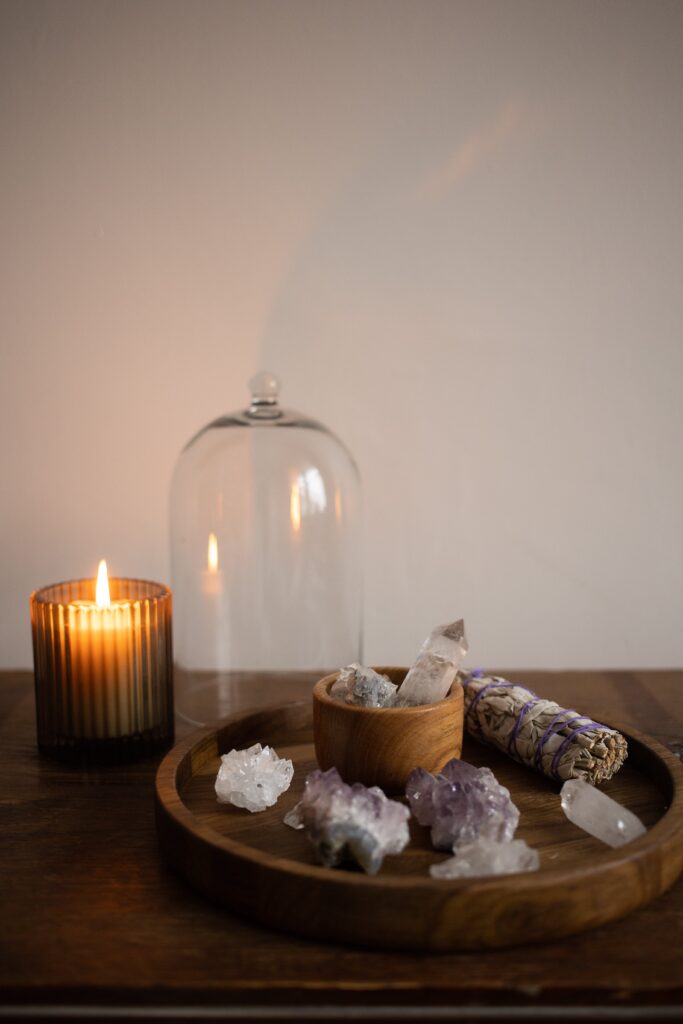If you or someone you know was born in February, then you’ll want to pay attention to this article. It’s time to uncover the beautiful and mesmerizing world of the February birthstone: Amethyst. This stunning gemstone holds a rich history and captivating allure that has fascinated people for centuries. From its royal purple hues to its legendary powers, Amethyst has captured the hearts of many. In this article, we’ll explore the significance and symbolism behind this gemstone, as well as delve into its various uses and unique characteristics. So, get ready to discover the enchanting world of Amethyst, the birthstone of February.
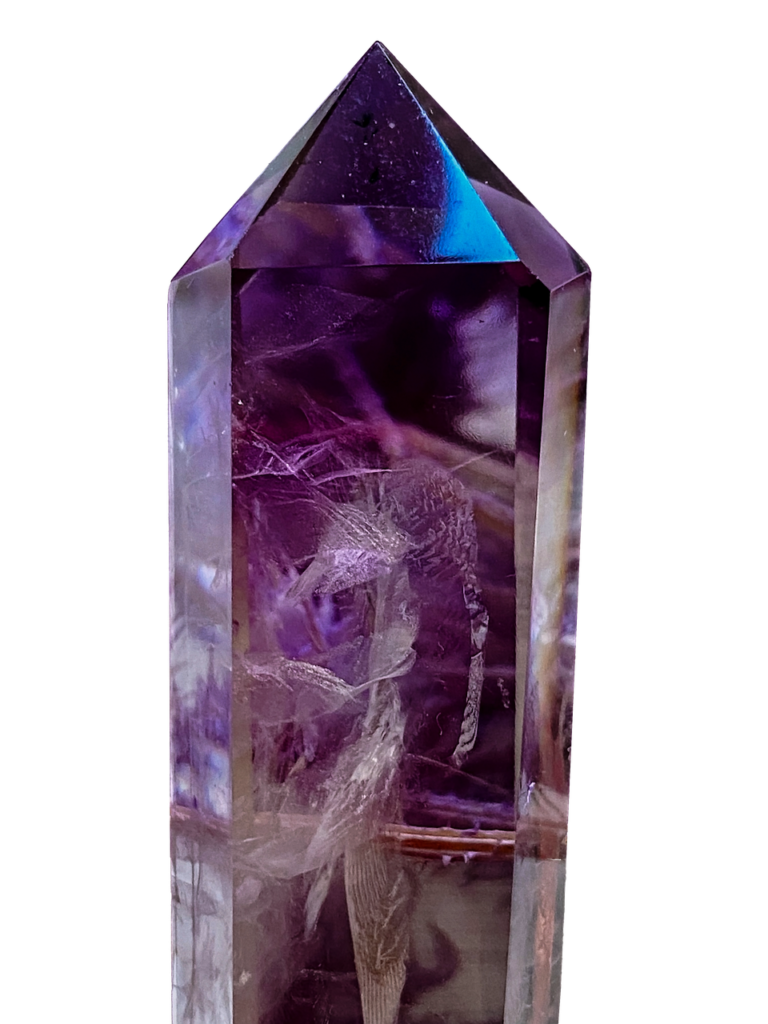
History of the Amethyst
Birthstone symbolism
Amethyst has a rich history that stretches back thousands of years. It has been highly regarded as a precious gemstone and carries significant symbolism as the birthstone for the month of February. The amethyst holds immense spiritual and metaphysical properties that make it highly sought after by gemstone enthusiasts and collectors alike.
Historical Use of Amethyst
Throughout history, amethyst has been treasured and used for various purposes. In ancient times, it was believed to possess protective qualities and was often used as a talisman against negative energies and evil spirits. The Greeks and Romans were particularly fond of the amethyst, considering it a symbol of luxury and royalty. It adorned crowns, scepters, and rings worn by monarchs and nobility. Its regal association is evident in the name itself, as “amethystos” means “not drunk” in Greek, suggesting that it had the power to prevent intoxication.
Amethyst in Ancient Cultures
Amethyst holds a special place in many ancient cultures. The Egyptians used it in their jewelry and amulets, considering it as a stone of protection and spirituality. In Chinese culture, amethyst was associated with wisdom and clarity of thought, often used in meditation practices. The Native Americans also valued amethyst for its ability to enhance spiritual insight and intuition. It is fascinating to see how this gemstone has been revered across different civilizations, each attributing their own significance to its magnificent properties.
Characteristics of the Amethyst
Color Range
One of the most captivating aspects of amethyst is its enchanting color range. It is most commonly found in shades of purple, ranging from pale lilac to deep violet. The intensity of the color depends on factors such as the presence of trace elements and geological conditions during its formation. The most prized and sought-after hue is a deep, velvety purple, often referred to as “royal purple.”
Clarity and Luster
Amethyst is known for its excellent clarity, allowing for a mesmerizing play of light within the gemstone. High-quality amethysts are free from inclusions, which are internal flaws that can affect its overall beauty. When cut and polished, amethysts display a lustrous shine that enhances their allure and charm.
Hardness
Amethyst belongs to the quartz family and has a hardness of 7 on the Mohs scale. This makes it a relatively durable gemstone, suitable for everyday wear. However, it is essential to handle amethyst with care to avoid any scratches or damage that may occur from rough handling or accidental impact.
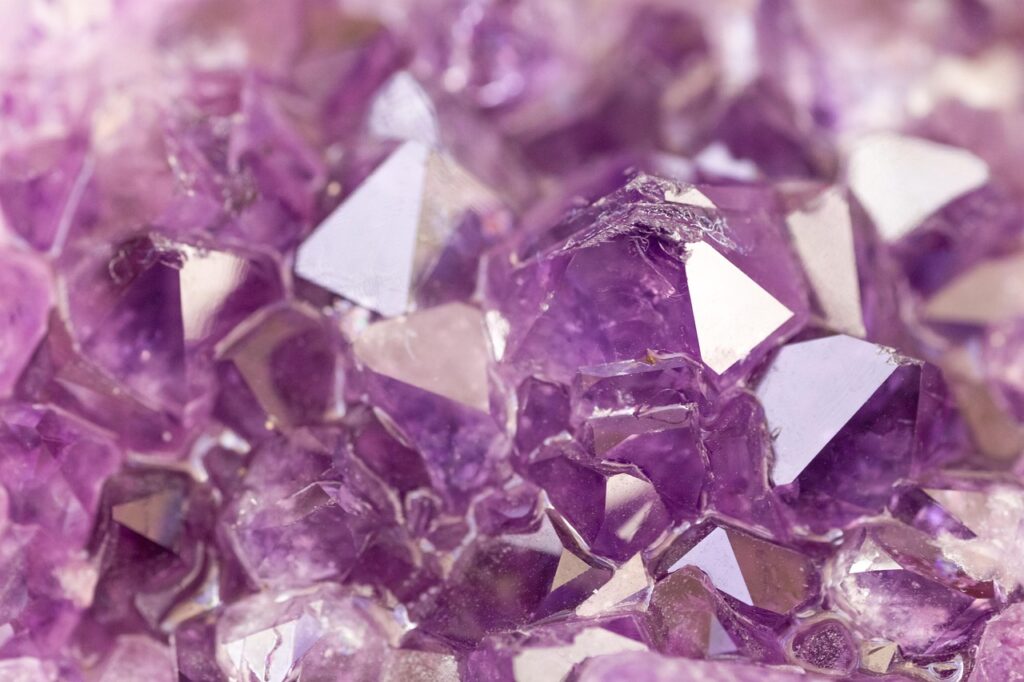
Geological Formation of Amethyst
Making of Amethyst in Nature
Amethyst is formed through a combination of geological processes that occur deep within the Earth’s crust. It is a variety of quartz that derives its distinctive purple color from the presence of iron impurities. The formation of amethyst takes place in cavities and clefts within volcanic rocks or hydrothermal veins. Over time, as hot mineral-rich solutions flow through these cavities, they cool and crystallize, giving birth to stunning amethyst crystals.
Geographical Sources of Amethyst
Amethyst can be found worldwide, with notable deposits occurring in Brazil, Uruguay, and Zambia. Brazil is renowned for producing large, high-quality amethyst crystals, often displaying intense color saturation. Uruguay is known for its amethyst geodes, which are hollow rocks lined with beautiful amethyst crystals. Zambia is recognized for its deep purple amethyst, often characterized by its rich color and exceptional clarity. These geographical sources play a crucial role in determining the characteristics and value of the amethyst found within their borders.
Spiritual and Healing Properties of Amethyst
Significance in Spirituality
Amethyst has long been associated with spirituality and has been revered for its transformative and calming energies. It is believed to enhance spiritual growth, deepen meditation practices, and strengthen intuition. Amethyst is often used as a tool for introspection and self-discovery, helping individuals tap into their higher consciousness and unlock their inner potential. Its serene violet hues are said to promote tranquility and a sense of inner peace.
Use in Healing Practices
Amethyst possesses a range of healing properties that benefit both the mind and body. It is believed to alleviate stress, anxiety, and insomnia, encouraging restful sleep and promoting emotional stability. This gemstone is also thought to cleanse and purify the aura, removing negative energies and fostering a sense of balance and harmony. Amethyst may aid in relieving physical ailments such as headaches, migraines, and immune system disorders.
Use in Meditation
Meditation and amethyst have a strong connection, as this gemstone is believed to enhance the meditation experience. Its calming energy helps quiet the mind and promotes a deep state of relaxation. Many meditators find that holding or wearing an amethyst during their practice allows them to access a higher level of consciousness and spiritual awareness. Its vibrational frequencies are said to open the third eye chakra, facilitating clarity of thought and intuitive insights.
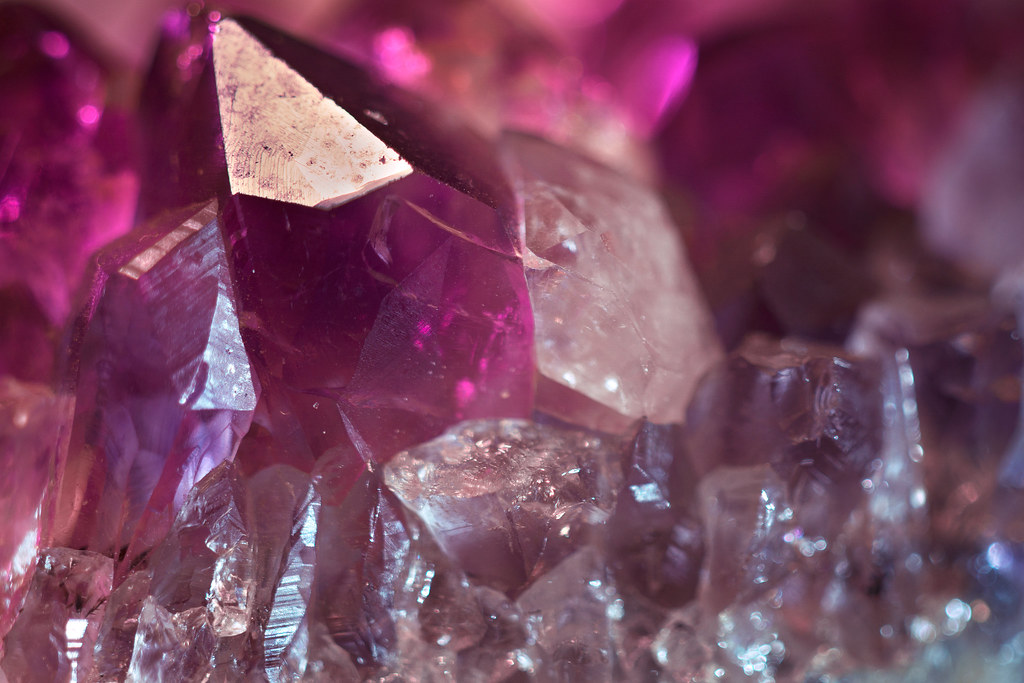
Wearing Amethyst
Amethyst in Jewelry
Amethyst’s enchanting beauty makes it a popular choice for jewelry enthusiasts. From charming pendants and earrings to exquisite rings and bracelets, there is a wide range of amethyst jewelry available to suit different styles and preferences. Whether worn as a statement piece or as an everyday accessory, amethyst jewelry adds a touch of elegance and sophistication to any ensemble.
Maintaining Amethyst Jewelry
To keep your amethyst jewelry looking its best, it is important to care for it properly. Avoid exposing your amethyst jewelry to harsh chemicals, extreme temperatures, and direct sunlight, as these can cause damage to the gemstone. Regular cleaning with a soft cloth and mild soapy water will help maintain its brilliance and shine. It is also advisable to remove your amethyst jewelry when engaging in activities that may expose it to potential damage, such as sports or gardening.
Fashion Tips for Wearing Amethyst
Amethyst’s striking purple color pairs well with a variety of clothing styles. For a classic and elegant look, consider pairing an amethyst necklace or earrings with a little black dress. Amethyst also complements earthy tones such as olive green, brown, and gold, adding a touch of glamour to casual or bohemian-inspired outfits. Additionally, amethyst’s regal allure works beautifully with formal attire, making it an excellent choice for special occasions or evening events.
Grading and Valuing Amethyst
Determining Quality
When evaluating the quality of an amethyst, several factors come into play. The color is a primary determinant, with deep, evenly distributed purple hues generally considered the most desirable. Clarity is also essential, with higher-quality amethysts typically free from visible inclusions. Cut and carat weight are additional aspects to consider, as well as the overall craftsmanship of the piece. The combination of these factors contributes to the overall value and desirability of the amethyst.
Understanding Amethyst Pricing
The pricing of amethyst varies depending on its quality, size, and the market demand. Deep purple amethysts with exceptional clarity and larger carat weights command higher prices due to their rarity and desirability. Although amethyst is relatively more affordable compared to other gemstones, its value can increase significantly based on its characteristics and the craftsmanship of the jewelry piece.
Caring for Amethyst
Cleaning Techniques
To maintain the brilliance of your amethyst, regular cleaning is necessary. Use a soft brush or cloth to gently remove any dirt or residue from the gemstone. Avoid using abrasive cleaners or brushes that may scratch the surface. Mild soapy water or a mixture of warm water and gentle dish soap is sufficient for cleaning amethyst. Rinse it thoroughly and pat dry with a soft cloth to avoid water spots.
Storage of Amethyst
When not being worn, store your amethyst jewelry in a soft cloth or a jewelry box lined with a velvet or silk interior. This will protect the gemstone from scratches or accidental impacts. It is advisable to store amethyst separately from other gemstones to prevent any potential damage that may occur from contact or friction.
Buying Amethyst
Choosing a Quality Amethyst
When purchasing amethyst, it is essential to consider the quality of the gemstone. Look for deep and vibrant purple colors with minimal color zoning or unevenness. The amethyst should have good clarity, without visible inclusions that may affect its beauty. Pay attention to the cut of the amethyst as well, ensuring that it has been well-crafted to maximize its brilliance and luster.
Buying Tips and Considerations
When buying amethyst, it is advisable to purchase from reputable jewelers or gemstone dealers with a solid reputation for sourcing authentic and high-quality gemstones. Ask for any certifications or guarantees that accompany the amethyst, verifying its authenticity and quality. Consider your budget and personal preferences when selecting amethyst, as there are various shapes, sizes, and jewelry designs available to suit different tastes and styles.
Famous Amethyst Gemstones
Noteworthy Specimens
Throughout history, several notable amethyst gemstones have gained recognition for their exceptional beauty and size. The “Delhi Purple Sapphire,” also known as the “Gem of India,” is one of the largest cut amethysts, weighing an astonishing 135.38 carats. Another famous specimen is the “La Madone,” a stunning amethyst crystal displayed in the Vatican Museums, weighing approximately 8 kilograms. These notable amethysts serve as exquisite examples of the gemstone’s captivating allure.
Amethyst in Royal Collections
Amethyst’s regal association has led to its inclusion in many royal collections around the world. The British Crown Jewels feature several amethyst pieces, including the “Kent Amethyst Parure,” a set of jewelry that includes a necklace, earrings, and brooch. The Russian royal family also possessed exquisite amethyst jewelry, such as the “Amethyst Bow Brooch” and the “Amethyst Serpent Bracelet,” which are now part of historical collections.
Imitations and Enhancements of Amethyst
Recognizing Amethyst Simulants
As with any valuable gemstone, there are imitations and simulants that attempt to mimic the beauty of amethyst. Synthetic amethyst, made in laboratories, can closely resemble natural amethyst, but experienced gemologists can usually distinguish the two through careful examination. Additionally, glass and other purple gemstones may be used as simulants, so it is important to purchase from reputable sources to ensure authenticity.
Enhancements and Treatments to Amethyst
Amethyst may undergo treatments to enhance or alter its color or clarity. Heat treatment is a common practice that can intensify the purple hue of the gemstone. Some amethysts may also undergo irradiation to achieve or enhance the desired color. These treatments are widely accepted in the gemstone industry, as long as they are disclosed to the buyer. It is always important to inquire about any treatments or enhancements done to the amethyst before making a purchase.
In conclusion, amethyst’s rich history, captivating characteristics, and spiritual properties make it a remarkable gemstone. From its use in ancient cultures to its significance as the birthstone for February, amethyst continues to enthrall and inspire. Whether adorning jewelry, used in spiritual practices, or adding a touch of elegance to any outfit, amethyst is a timeless gemstone that holds a special place in the hearts of gemstone enthusiasts worldwide.


